| | |
Albert Memorial
|
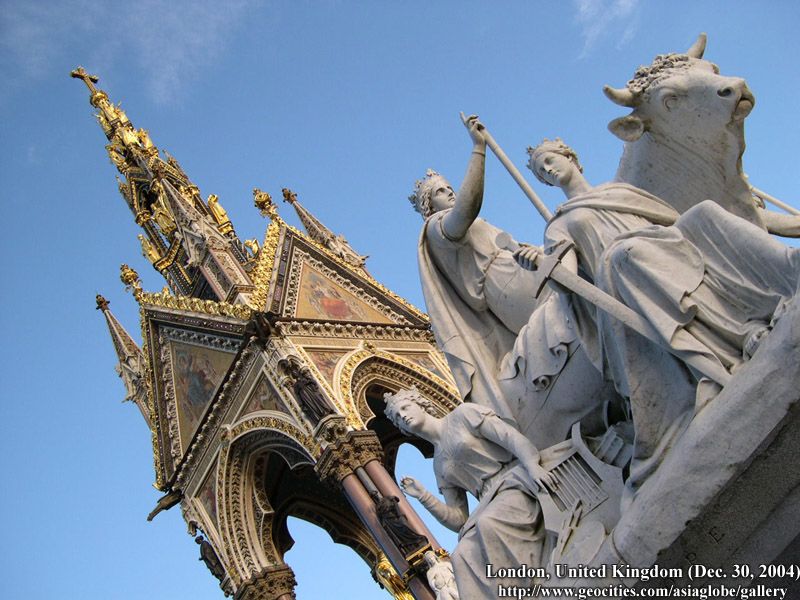
|
|
The Albert Memorial was commissioned by Queen Victoria to commemorate her late consort. Queen Victoria married Albert, Prince of Saxe Coburg, in 1840; twenty-two years later Albert died of typhoid, leaving the Queen an "utterly broken-hearted and crushed widow of forty-two."
|
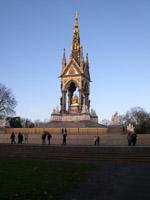
|
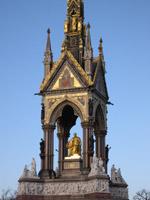
|
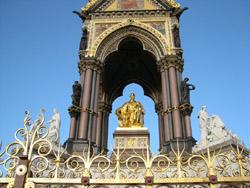
|
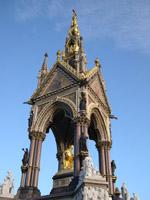
|
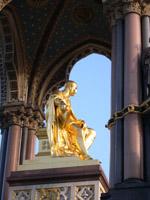
|

|
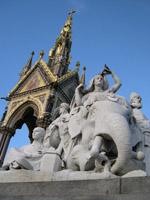
|
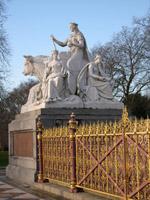
|
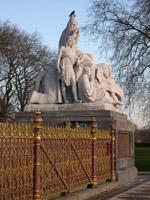
|

|

|
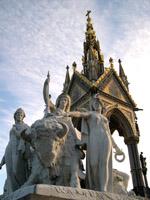
|
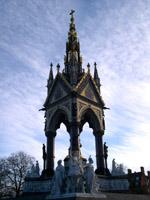
|
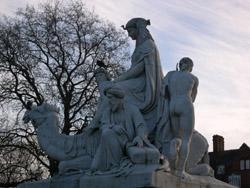
|
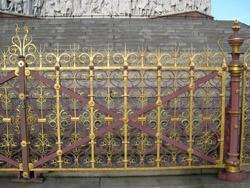
|

|
Princess Diana Memorial Fountain
The Hyde Park fountain, designed by US architect Kathryn Gustafson, cost £3.6m and is based on an oval stone ring.
The design consists of a large Cornish granite ring with water pouring on to it, flowing in two directions at different speeds, and is supposed to sit "like a necklace" around the contours of the site.
FOUNTAIN FACTS
- Work begins June 2003
- Opened on schedule July 2004
- Cost - £3.6m
- Size - 80m x 50m
- 545 stones of De Lank granite from a Cornish quarry, cut in the Mountains of Mourne, Co Down.

1 Water enters fountain at highest point, pumped at 100 litres/second.
2 Water travelling east bounces down steps.
3 A specially sculpted channel makes the water rock gently.
4 Water picks up momentum and is invigorated by jets.
5 Water flowing westwards resembles a babbling brook.
6 Air bubbles are introduced as it approaches a waterfall before entering a water feature created by its flow over carved stone.
7 Final destination is the reflecting pool, where water from east and west meet before being pumped out to restart cycle.
Source : BBC
|
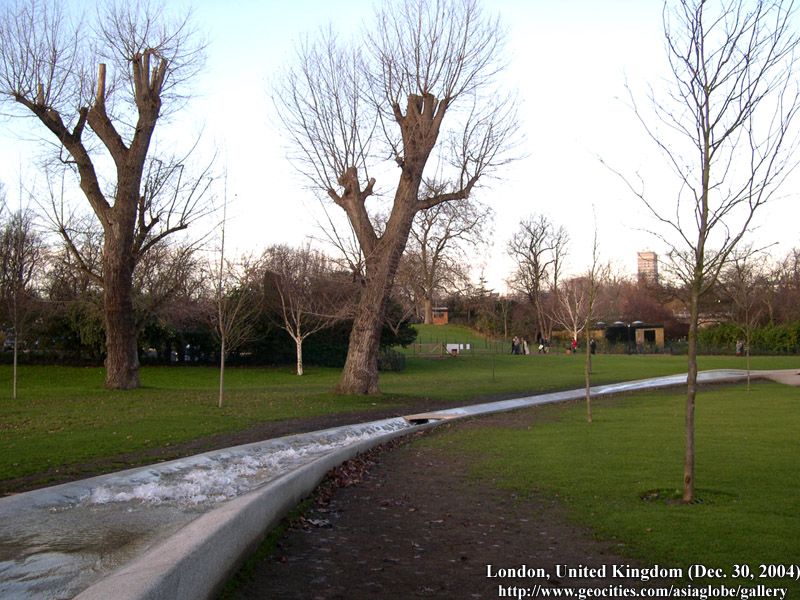
|
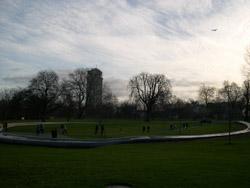
|
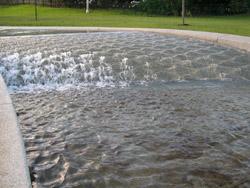
|

|
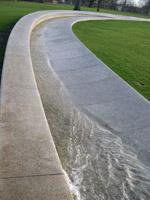
|

|

|
Hyde Park
Hyde Park is one of London's finest landscapes and covers over 350 acres.
Henry VIII acquired Hyde Park from the monks of Westminster Abbey in 1536; he and his court were often to be seen on thundering steeds in the hunt for deer. It remained a private hunting ground until James I came to the throne and permitted limited access. The King appointed a ranger, or keeper, to take charge of the park. It was Charles I who changed the nature of the park completely. He had the Ring (north of the present Serpentine boathouses) created and in 1637 opened the park to the general public.
In 1665, the year of the Great Plague, many citizens of London fled the City to camp on Hyde Park, in the hope of escaping the disease.
Hyde Park became a venue for national celebrations. In 1814 the Prince Regent organised fireworks to mark the end of the Napoleonic Wars, in 1851 (during Queen Victoria's reign) the Great Exhibition was held and in 1977 a Silver Jubilee Exhibition was held in honour of Queen Elizabeth II's 25 years on the throne.
|
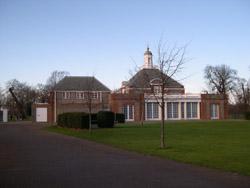
|

|

|
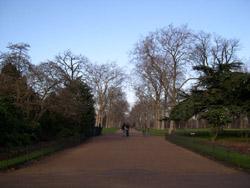
|

|
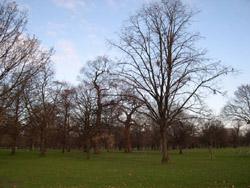
|
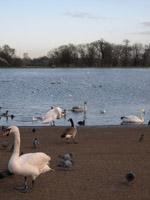
|
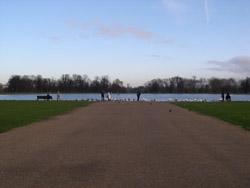
|
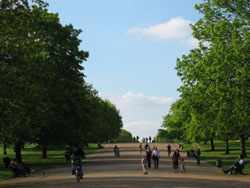
|

|
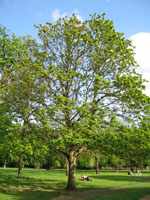
|
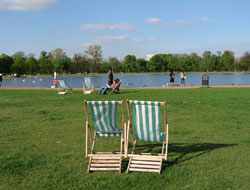
|
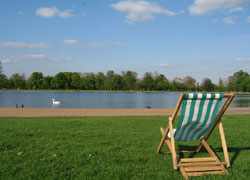
|
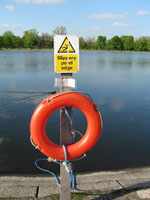
|
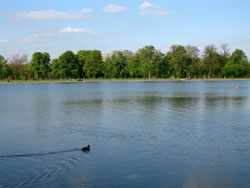
|
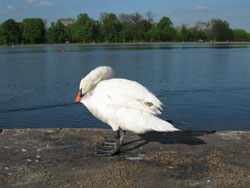
|
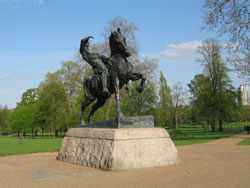
|
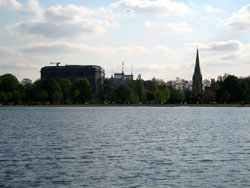
|
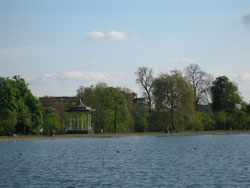
|

|
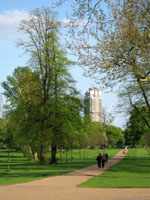
|
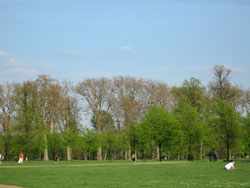
|
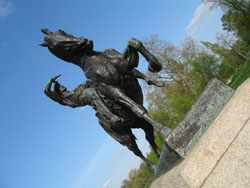
|
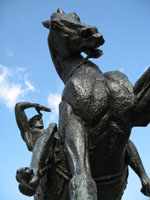
|
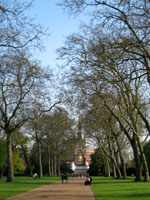
|

|
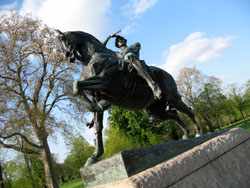
|

|
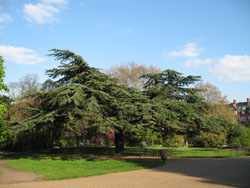
|
Wellington Arch
|
|
Commissioned by George IV, this landmark was originally designed in 1825 by architect Decimus Burton, as a grand outer entrance to Buckingham Palace. The arch was moved to its present site in 1882. A statue of the Duke of Wellington on horseback was the first work of art to crown it, but its massive size caused such controversy that it was soon replaced by the present sculpture, which depicts the angel of peace descending on the chariot of war.
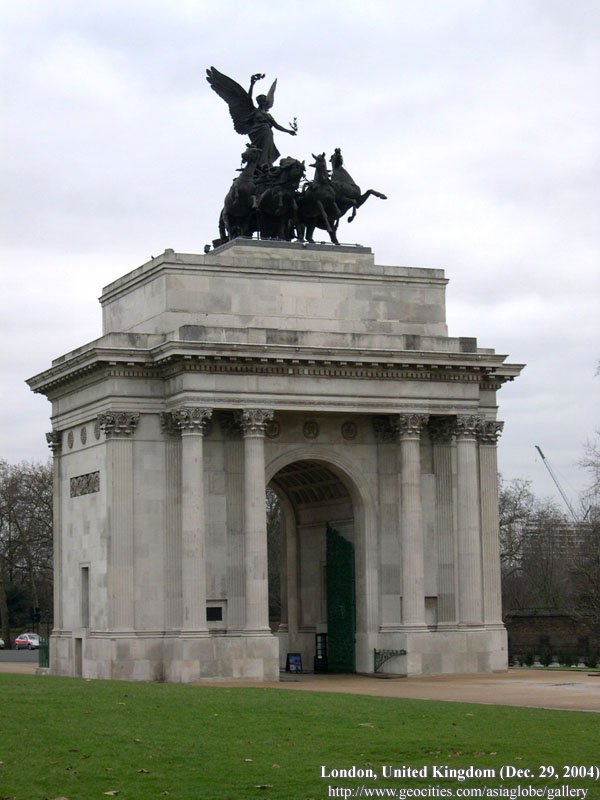
|
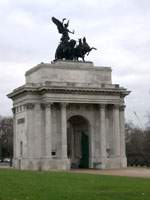
|

|
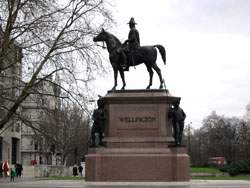
|
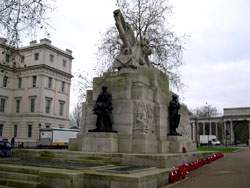
|
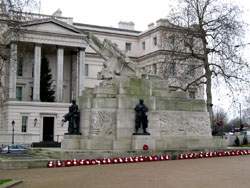
|
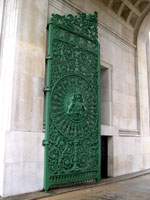
|
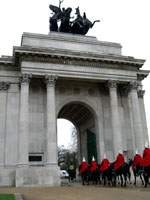
|

|
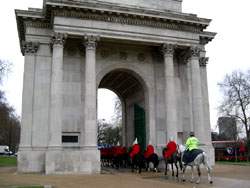
|
From the Viewing Platform
|
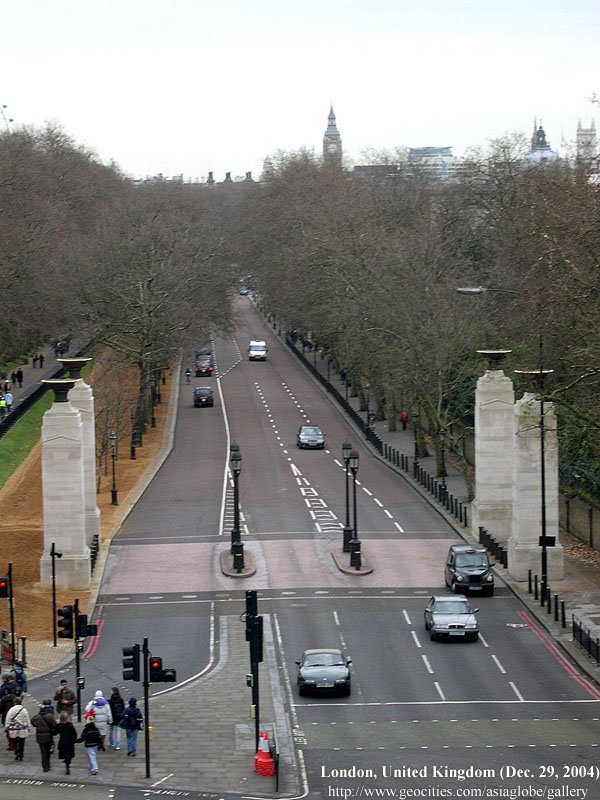
|

|

|

|
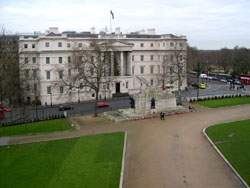
|
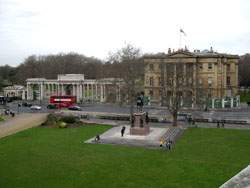
|
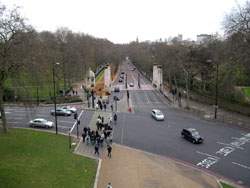
|
|
|
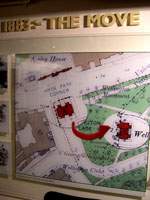
|
Apsley House
|
|
The house Apsley House takes its name from Baron Apsley (later the second Earl of Bathurst), who, between 1771 and 1778, employed the neo-classical architect Robert Adam to design and build the house on the site of a lodge to Hyde Park. In 1807, the house was bought by the Marquess Wellesley, who employed the architect James Wyatt to carry out alterations. When the Marquess fell into financial difficulties 10 years later, he sold Apsley House to his brother, the first Duke of Wellington. Having just returned from commanding the allied army in France, Wellington was planning his political career. Keen to ensure that Apsley House would reflect his elevated status, he set about enhancing the house further and employed Benjamin Dean Wyatt to add two bays to the west wing and a Corinthian portico. Aside from alterations made by the second Duke of Wellington, the house then remained largely unchanged until it was given to the nation. Although the house was damaged during World War II, the Ministry of Public Building and Works managed to complete renovations in time for the public opening on 19 July 1952.
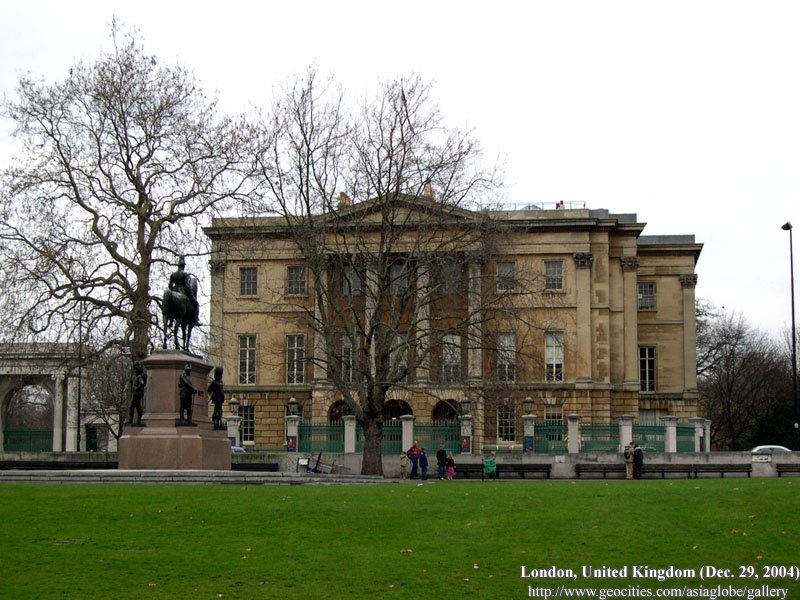
|

|
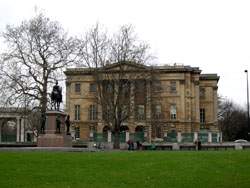
|
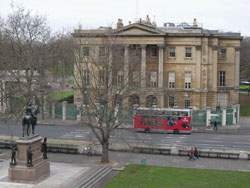
|